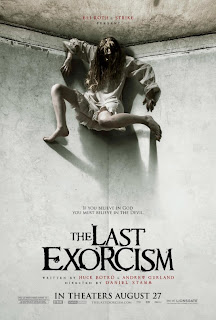Country: USA
AKA:
Guns in the Afternoon
Sacramento
There is an internal paradox to the delightful western Ride the High Country that makes it an intriguing and important proposition. For the actors Randolph Scott and Joel McCrea it was the concluding statement on careers honed in the dust and gunfire of the traditional western. For young filmmaker Sam Peckinpah it was a second attempt at directing a feature film after the forgettable and obscure The Deadly Companions (1961). Within Ride the High Country’s core is both a lamentation for the end of a traditional mode of generic address, and excitement for the new horizons opened by generic revisionism. Here Peckinpah shows his love for the traditional western, but it is a love tempered by an impatient need to move on and push the boundaries of the form. For some the nihilistic bloodbath that concluded The Wild Bunch (1969) may have come as a surprise, but Peckinpah was already making smoke signals in that direction with this film. Up to this point Peckinpah was chiefly known as a writer for television. He had contributed scripts and some direction for episodes of Gun Law (1955-8), Broken Arrow (1957-8), Zane Grey Theatre (1958-9) and The Rifleman (1958-63). His main contribution to western lore however was the creation of The Westerner (1960). This series only lasted for 13 episodes but was vital in securing interest from the major Hollywood studios. Peckinpah’s knowledge of generic typography was cultivated in the restrictive milieu of television, but the expansive possibillities of film allowed him to paint a much larger and thematically rich canvas with his second film.
